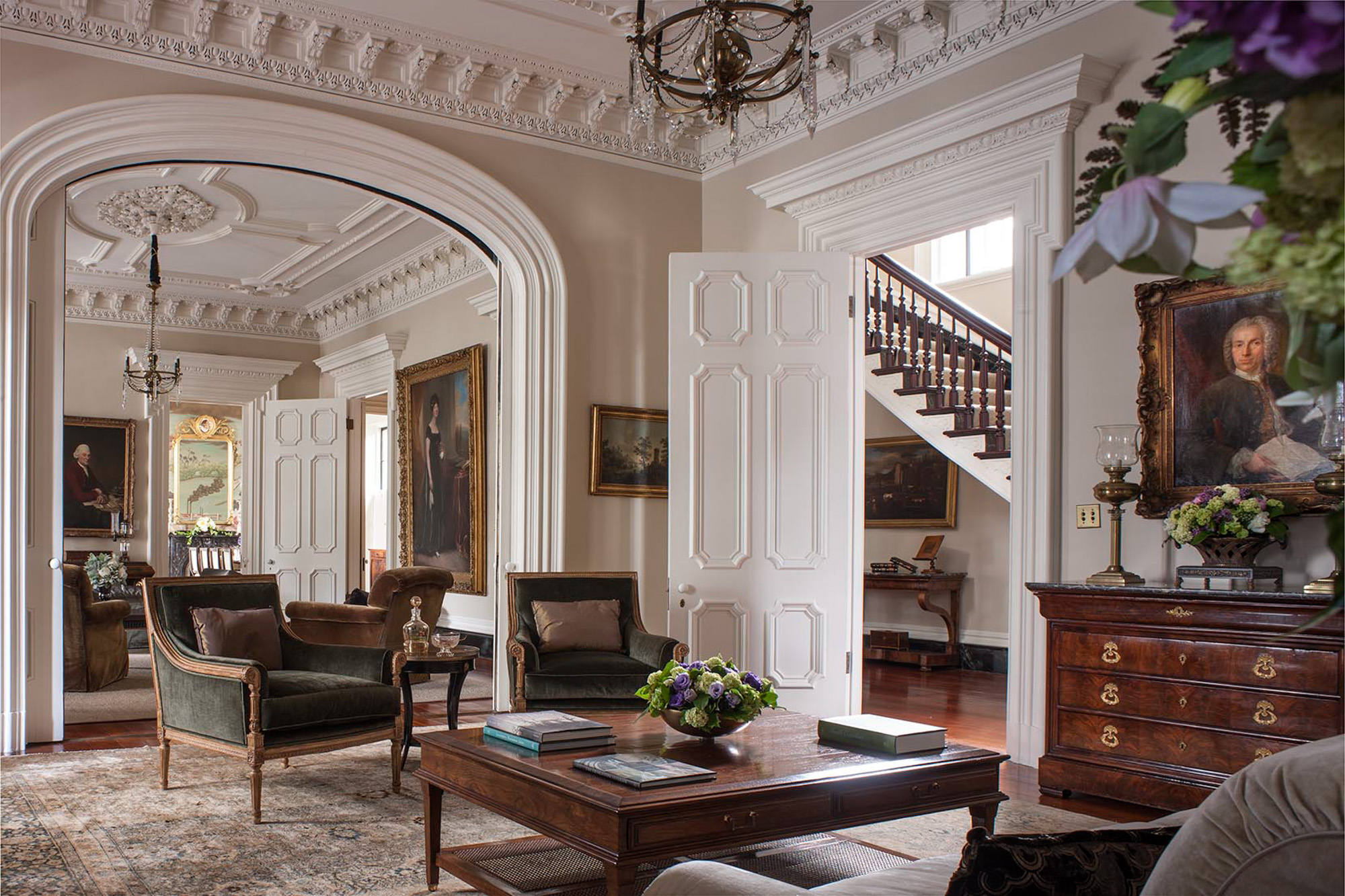Historical Context and Architectural Features

Victorian house interiors emerged during the reign of Queen Victoria in the 19th century, influenced by the Gothic Revival, Italianate, and Queen Anne architectural styles. These homes exuded opulence, comfort, and a reverence for history.
The Victorian house interior exudes an aura of grandeur, with its intricate moldings, ornate chandeliers, and rich fabrics. If you seek to recreate this timeless aesthetic in your own abode, consider consulting an expert interior designer. Websites like design my room offer personalized design services that can help you achieve the Victorian ambiance you desire.
With their guidance, you can seamlessly blend the elegance of the past with the comforts of the present, creating a space that evokes both nostalgia and modern charm.
Characteristic architectural elements of Victorian houses include:
Bay Windows
Large, protruding windows that extend from floor to ceiling, providing ample natural light and creating a spacious feel.
The Victorian era left behind a rich legacy of architectural wonders, and one of the most iconic is the Victorian house. With its intricate detailing, soaring ceilings, and cozy nooks, a Victorian house is a true treasure. If you’re lucky enough to live in one of these architectural gems, you may be wondering how to decorate it to capture its unique charm.
For inspiration, look no further than decor stores near me , where you’ll find everything you need to create a Victorian house interior that is both stylish and authentic.
Ornate Moldings
Elaborate moldings adorned ceilings, walls, and дверные проемы, adding visual interest and depth to the interiors.
Fireplaces
Grand fireplaces with intricate mantelpieces served as focal points in the main living areas, providing warmth and a sense of coziness.
Victorian House Styles
Victorian houses encompassed a range of styles, each with its distinct characteristics:
- Gothic Revival: Pointed arches, stained glass windows, and steeply pitched roofs.
- Italianate: Low-pitched roofs, wide eaves, and round-arched windows.
- Queen Anne: Asymmetry, turrets, and elaborate ornamentation.
Interior Design and Furnishings

Victorian interior design was a reflection of the era’s opulence and grandeur. The color palettes were rich and vibrant, with deep reds, greens, blues, and purples being popular choices. Patterns were also prevalent, with floral motifs, stripes, and damasks being common.
Furniture, Victorian house interior
Victorian furniture was typically made of dark woods, such as mahogany, walnut, and oak. Upholstered chairs and sofas were common, and they were often adorned with intricate carvings and embellishments. Tables were also an important part of Victorian interiors, and they were often made of heavy, solid wood.
Textiles
Textiles played a significant role in Victorian interior design. Curtains and drapes were often made of heavy fabrics, such as velvet or damask, and they were often trimmed with tassels or fringe. Upholstery was also an important part of Victorian interiors, and it was often made of rich fabrics, such as silk or brocade.
Decorative Elements and Artwork: Victorian House Interior

Victorian interiors were renowned for their elaborate ornamentation and eclectic mix of decorative elements. These elements played a crucial role in creating a sense of grandeur and opulence within the home.
Wallpapers
Wallpapers were ubiquitous in Victorian homes, adding color, pattern, and texture to the walls. They came in a wide variety of styles, from floral and geometric patterns to scenic landscapes and historical scenes. Some wallpapers were even hand-painted, creating truly unique and elaborate designs.
Mirrors
Mirrors were another essential element of Victorian decor. They served both a functional and aesthetic purpose, reflecting light and creating the illusion of space. Mirrors were often placed above fireplaces, on walls, and even on ceilings, adding a touch of elegance and sophistication to the room.
Chandeliers
Chandeliers were the centerpiece of many Victorian interiors. They were often made of crystal or glass, with intricate designs and multiple tiers of lights. Chandeliers provided ample illumination and added a dramatic focal point to the room.
Artwork
Victorian homes were often adorned with a variety of artwork, including paintings, sculptures, and ceramics. Paintings were typically landscapes, portraits, or scenes from history or mythology. Sculptures were often made of marble or bronze, depicting classical figures or allegorical subjects. Ceramics, such as vases, plates, and figurines, were also popular decorative items.
Influence of the Arts and Crafts Movement
The Arts and Crafts movement, which emerged in the late 19th century, had a significant influence on Victorian interior design. This movement emphasized the use of natural materials, handcrafted objects, and simple, functional forms. As a result, many Victorian homes began to incorporate elements of the Arts and Crafts style, such as oak furniture, stained glass windows, and handmade textiles.